However, setting emissions reduction targets for a business can be a time-consuming exercise and something that is often relegated to the backburner.
DETA Consulting is an organisation that was born out of carbon management and energy efficiency. They have developed the Carbon Roadmap to 2050, which takes businesses through the critical steps of developing a more sustainable business.
DETA Consulting‘s Greig Wilson says they have produced the roadmap as many businesses understand the ‘why’ of transitioning to a low carbon economy. Still, the majority do not understand the ‘how’ of decarbonisation.
He says the basis for the roadmap content is the expertise and industry knowledge that DETA has accumulated in partnering with all sorts of businesses across Oceania.
“New Zealand businesses are doing amazingly well in joining coalitions and networks and committing to emissions reduction targets to keep global temperature rises to well below 2°C with efforts to reach 1.5°C. But that is the easy part. The hard part is developing a carbon reduction plan and then implementing it.”
Greig says most of the work they’ve done to date is with large businesses. However, they foresee that SME’s may be the most significant challenge in terms of reaching zero carbon due to their focus on day-to-day operations. Given this, they’ve tweaked the plan to make it applicable to all organisations regardless of sector or size.
“Engineers have a critical role to play in identifying and communicating a pathway for business that is flexible, realistic, and tangible. If businesses have just decided to embark on a carbon reduction journey, then they can take advantage of the DETA Carbon Kick Starter offer. If businesses have already developed a carbon footprint and set a target, we will partner with them to identify the opportunities and then develop a carbon reduction plan.”
“There are generally two types of carbon reduction improvements – efficiency improvements (doing more with less) and tech/fuel switching. Efficiency opportunities are usually lower capital, and most make sense to do right now. Tech/fuel switching opportunities are usually higher capital and impact business operations more holistically. It might be that in 30 years, the business should fundamentally change in terms of location, or even product type. It’s important that the reduction pathway reviews the entire business – for example, rather than manufacturing 200km away from a logistics hub, a business might have a significant impact on its 2050 carbon footprint by reviewing its locations and supply chain, Greig says.”
He says to implement a carbon reduction programme, the projects need to be refined, and multiple options evaluated. This is often achieved through the development of feasibility studies or business cases. Once a business has sufficient confidence to proceed with the opportunities, and CAPEX has been approved, we move into the project delivery phase.
Greig says there are financial advantages from implementing a carbon reduction policy. “There are operating cost reductions to be had, which are increasing every day as the carbon price increases. For manufacturers, we see more and more that consumers are demanding improvements and will vote with their wallet (or their procurement team).”
“There is a range of accreditation schemes available for business to participate in across New Zealand. We think it’s important to note, however, that most of these programmes focus on formal measurement and verification, and the development of a framework. It is then up to the company to internally identify and implement solutions. It can be challenging for companies who do not have dedicated resources with expertise in identification and implementation. Pursuing a Carbon Roadmap and obtaining certification are entirely independent processes, and there is no reason why they cannot run in parallel. Many businesses are now choosing to do both,” Greig says.
